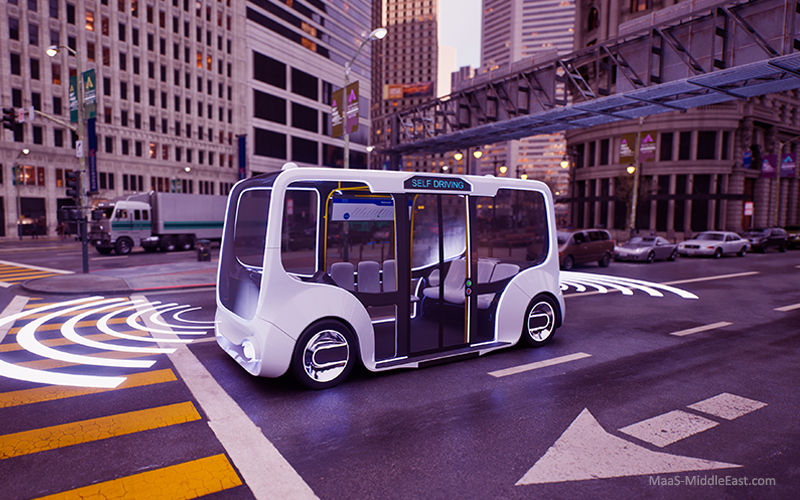
C.A.S.E | The Future of Automotive Mobility
The future of automotive mobility is undergoing a major transformation, driven by the convergence of groundbreaking technologies. C.A.S.E....

Rise of Robotaxi | The Race for Self-Driving Mobility
If you are an enthusiast and a keen follower of the progress of robotaxis and driverless cars in...

The 6 Levels of Driving Automation Explained
Driving automation refers to the extent to which a car can perform driving tasks without human input. As...

LiDAR vs Radar
How does Autonomous Vehicles work? Before exploring the differences between LiDAR and Radar, we will first explain how...

Will AI Shape The Future Of Taxi?
Automating the taxi industry While Ride-Hailing Apps represent a new digital experience for modern taxi users, another technological...

Is the UAE ready for Autonomous Vehicles?
A Global Outlook for Autonomous Vehicles Autonomous Vehicles (AV) which was a realm of science fiction, now becomes...

